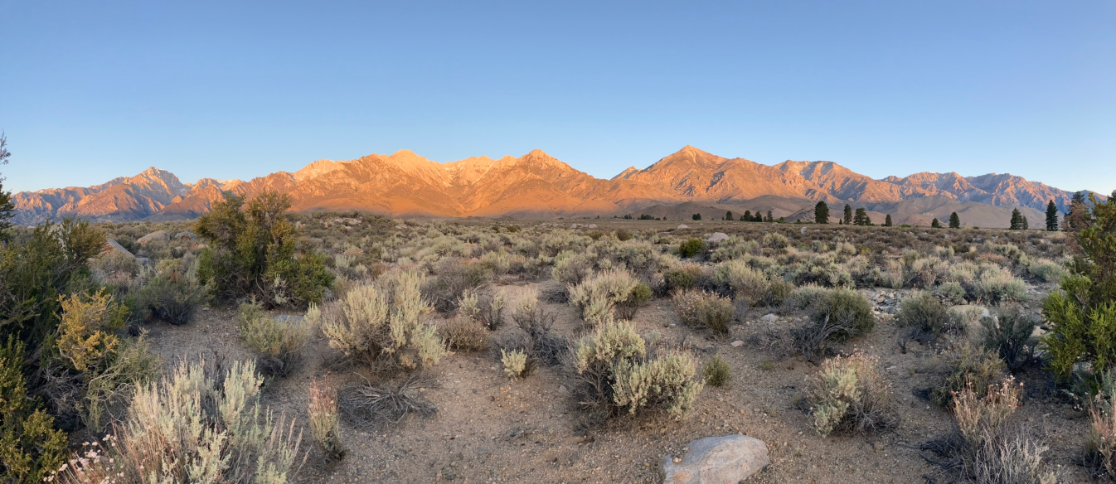Christmas Bird Count #124
/The 124th Christmas Bird Count season just ended, and I was fortunate enough to be able to participate in two different counts! Every year, birders and citizen scientists from around the world gather and volunteer for Christmas Bird Counts. These counts are done in the same locations each year; each count is a 15-mile diameter circle centered around a central location. Volunteers divide this circle up into manageable sections, and set to counting every bird they can find by any means available. The data sheets have options for tallying effort by foot, car, snowmobile/ATV, and even dog sled. Christmas Bird Counts have been running for 124 years, and all of the data is available on the National Audubon Society’s website, for free! Right here: Christmas Bird Count Data! That aspect makes this citizen science tradition a very valuable data set, in addition to being a fun excuse to get together and look for winter birds. Most of the first counts in 1900, were in the eastern United States. Nowadays, there are dozens of counts in most states, and the tradition has spread to other countries too. The world record for a single count circle was set in Ecuador, on the eastern slope of the Andes, with a species count of 531! I doubt they ever tally effort by dog sled there!
This year, I travelled to eastern Nevada to check out what the Elko and Jarbidge counts were all about. OK, I had an idea what they would be like, particularly since I have participated in the Elko count before…The Jarbidge count had a bit of a reputation in my mind. For those of you who are not familiar, Jarbidge is located in the northeastern corner of Nevada, about 50 miles north of Elko. In the summer, you can get to Jarbidge in a bit over an hour from Elko. In the winter, that road is snowed in. Given how far north in the state it is, and all of these logistics, I was ready for some real wintery counting conditions. Especially since last year, the temperature in Elko during that count barely got above 0!
Northern Shrike, December, 2022. Elko, NV
Photo by Ned Bohman
This year, things were a bit different. By this point in the season, conditions had been, and remained rather mild. Once we got into the town of Jarbidge, the locals, all 3 of them, told us that this was an unusually light snow year, thus far. However, we were already tipped off to this fact, we started the day seeing 18 Greater Sage Grouse at a lek site, with at least 10 males actively displaying! Over the course of the count, we counted dozens of Townsend’s Solitaire, many of which were singing. There were flocks of chickadee, kinglet, and nuthatch in the trees; and sparrows, flickers, and robins on the ground. The lekking Sage Grouse was the most unusual sighting of the day, but a robin barely evading a Sharp-shinned Hawk not much larger than itself, was quite a sight. As I was leaving the count area, I saw a Mountain Lion on the side of the road, and as soon as it registered, I had just enough time to watch it take a few steps and disappear into the Juniper!
Hermit Thrush, December, 2023. Jarbidge, NV
Photo by Ned Bohman
Townsend’s Solitaire, Deember, 2023. Elko, NV
Photo by Ned Bohman
The Elko count was much less wild, but nonetheless fun and interesting. At this latitude in the state, species like Say’s Phoebe, American Crow, and Red-winged Blackbird become scarce to absent in the winter. Bewick’s Wren are an unusual find, while Gray-crowned and Black Rosy Finch are expected at feeders. I began my day counting birds at the dump, and to everyone’s disappointment there was not a gull in sight. What there were, were 178 Common Raven and a Merlin chasing 500+ starlings and House Sparrows. My section ran into the Pinyon and Juniper woodland on the south side of town, and I had good luck with Mountain Chickadee, Woodhouse’s Scrub-Jay, and Townsend’s Solitaire. I finished the day in a housing development watching feeders and counted many Dark-eyed Junco, White-crowned Sparrow, and the count’s only Bewick’s Wren! I later heard that someone did, in fact, have dozens of Rosy-Finches visit their feeder.
I thoroughly enjoyed my time birding in a part of the state I don’t get to visit often enough. Not only did I have a great time, but I contributed data to a citizen science database. Christmas Bird Counts are a great way to participate in science, while the data collection is not particularly rigorous, the results can be very useful to researchers. If you are interested in participating, there is probably a count hear you. For a list of locations in northern Nevada, see the Lahontan Audubon Society’s website: https://www.nevadaaudubon.org/birding-news/christmas-bird-counts-2023. For southern Nevada check in with Red Rock Audubon at: https://www.redrockaudubon.com/event/list. These are all subject to change every year based on volunteer availability, so be sure to check in with your local Audubon Chapter. One hundred years of counting produces a lot of data, and with time spans like this covered, the data can be useful to look at trends of abundance and diversity. For more info check out this interview with Audubon scientists about how they use the data: https://www.audubon.org/news/inside-data-factory.
You can also read an abstract of a study they published here: https://onlinelibrary.wiley.com/doi/full/10.1111/gcb.16063!




